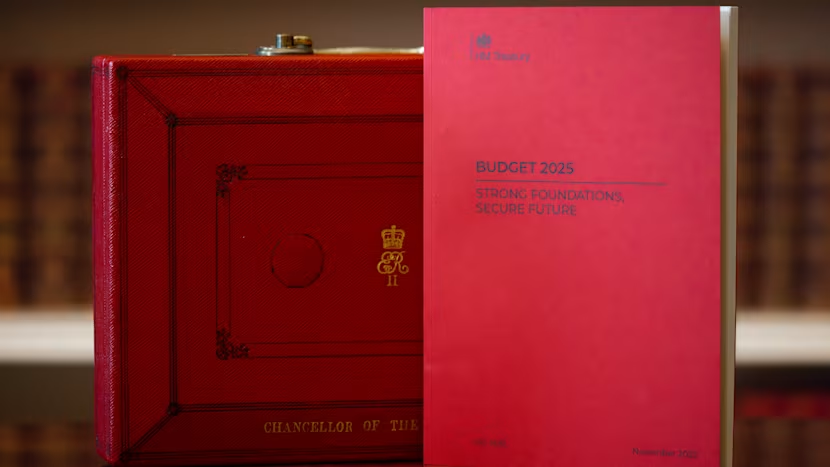Autumn Budget 2025: What Yesterday's Apprenticeship Changes Really Mean for Employers

Some significant changes landed in today’s Autumn Budget, especially for employers who pay the apprenticeship levy. The government has introduced a set of reforms that will reshape how large organisations plan, spend and prioritise their apprenticeship investment moving forward.
Here’s what’s changing, and why it matters.
1) The 10% levy top-up is being removed
Previously, £1m of levy allocation appeared as £1.1m of virtual credit. The 10% uplift, originally positioned as "you can get more than you put in", will now go. It was never additional new money, but it did increase spending power for levy-paying employers.
This is one of several measures announced that will reduce the overall purchasing power of levy payers.
2) Levy funds will expire in 12 months instead of 24
The expiry window for levy funds will halve. The original 24-month period was put in place in 2017 when the system was new and the full suite of apprenticeship standards was not yet available. The government now argues the landscape has matured sufficiently to warrant a shorter expiry window.
With over £5bn currently unspent in levy-payers' accounts, the government is moving to accelerate the cycle: funds will now expire more quickly.
3) Co-investment for levy-payers becomes less generous once funds run out
When a levy payer's digital account balance is exhausted, the co-investment rate will move from 95:5 to 75:25 (government : employer).
This represents a substantial change to the funding arrangement and will increase the cost of any training taken above the levy allocation.
4) Fully funded apprenticeships for SMEs hiring under-25s
For non-levy-paying employers (SMEs), apprenticeship training and assessment for employees aged 25 or under will now be fully funded (previously the threshold was under 22).
Providers often highlight that collecting co-investment from SMEs can be administratively burdensome, sometimes for very small amounts, so this shift is expected to remove friction within the system.
5) A move to "streamline" the apprenticeship standards
The government referenced upcoming work to "streamline" the current suite of apprenticeship standards. With 700+ standards, some with zero starts, the expectation is that the offer will be thinned out and rationalised.
This also aligns with the forthcoming introduction of apprenticeship units from April 2026, and work is already underway to prepare the Apprenticeship Service for this change.
What this may mean
Taken together, these changes may feel like a tighter environment for levy-paying employers:
- removal of uplift
- faster expiry
- higher co-investment once the levy runs out
- a reduced and rationalised set of standards
These may influence employer behaviour, for example, encouraging earlier planning cycles or greater scrutiny of how apprenticeship funding is deployed. Employers will also be watching closely for more detail on the apprenticeship unit offer due in April 2026.
For SMEs, the extension of full funding to under-25 apprentices is a positive step and may increase uptake.
Finally, widening the under-25 offer may indicate that future changes to adult (25+) funding could emerge, especially outside priority IS-8 sectors. While this isn't explicitly stated in the Budget documents, the pattern of recent policy shifts suggests this is worth monitoring as more detail is released.
About the Author
The Makers team is dedicated to transforming lives by building inclusive pathways into tech careers. With a mission to align their success with their students' success, Makers challenges traditional education models by integrating training with employment support, helping aspiring developers find roles where they can thrive.